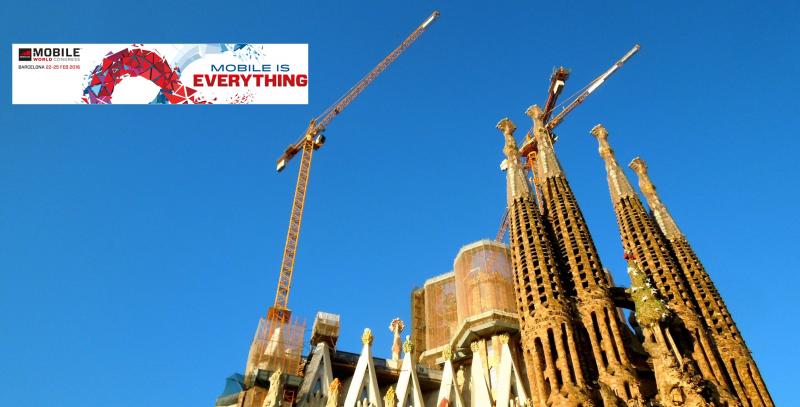Expectations For Mobile World Congress 2016

The last year has flown by: In just a few weeks the Mobile World Congress (MWC) is on again. So what can we expect from the leading global get-together of mobile-heads this year? In my view there will be:
- Less hype concerning mobile device launches. The leading smartphone and tablet providers will announce or showcase new models of established product lines, including more wearables and watches, like Samsung’s Galaxy S7, Sony’s Xperia Z6, LG’s G5, Huawei’s P9, HTC’s One M10, and Microsoft’s Surface Phone as well as newcomers like the Nextbit Robin or the OnePlus 2 Mini. Yet, I expect more of an evolution than a revolution. Blackberry might provide more insights into its future as device manufacturer beyond the Priv. Both Apple and Google will announce their upcoming devices at their own respective events, not at MWC. I am interested to see which way the pendulum is swinging: device commoditization or real new innovation. I expect the former.
- Increasingly intertwined messaging of big data and IoT vendors. Big data will play an important part in most IoT solutions. Ultimately, IoT is not really about things but rather about data. Mobile-connected objects create scale and various channels for sensor data that flows back and forth. I will listen to how the messaging for front-end, customer-facing and back-end operational activities are emerging among IoT vendors like Nokia, Telstra, GE, Ericsson, and Salesforce but also among firms like ABB and John Deere. I expect AI and machine-learning to play a growing role for big data and IoT initiatives.
- Great interest in open-source solutions for big data. Open source technologies will turbocharge data processing. NoSQL technologies like the open source project Apache Spark will likely get more attention as leading businesses aim to get relevant insights from big data queries faster. There are interesting sessions, such as Innovations in Digital Finance, that should shed some light on latest trends in this space. Moreover, I expect discussions about the pros and cons of combining open source big data technologies, such as using Spark for speed of data analysis, while using Hadoop for managing data volume.
- A lot more discussions regarding the role data centers in a converging IT-telco infrastructure. As the concentration of data traffic on mobile devices is increasing, efficient mobile data processing systems for telco data centers becomes necessary. I am keen to learn from the likes of Huawei, Cisco, and Amdocs what they consider to be the critical building blocks for this emerging IT-telco converged infrastructure, including new details on the evolution of 5G. I also hope to get find new ideas for shared data center and telco network infrastructure initiatives.
- A more intense focus on how to manage and protect customer data. In time, consumers and business leaders will become more aware of privacy implications of mobility solutions. They will learn to make trade-offs between obtaining benefits from personalized solutions and maintaining a degree of privacy and control over personal data. Manufactures of smart consumer products and telcos must design polices to defend privacy regulation for connected objects such as wearables. I will listen carefully to providers like BAE Systems, Vodafone, and Ericsson to better understand what privacy solutions are emerging and what business models are emerging for external data monetization.
- Still no clear industry focus. As in previous years, I don’t expect in-depth sector and business process specific sessions other than a handful of high-level topic-focused conference sessions for finance, automotive, media, and retail. The various pavilions focus on a broad range of overlapping subjects like green, IoT, NFC, wearables, and cloud. The seminars cover a wide spectrum, including connected living, connected women, digital commerce, network 2020, and personal data. Business leaders looking for help to tackle mega themes like connected car, online health, eGovernment, or smart energy will need to opt for a mosaic approach to find answers — and go to their respective sector exhibitions like the Geneva Motor Show.
- An even larger crowd than last year. Although I feel MWC is near its zenith in terms of visitor numbers, I expect more attendees this year than last. However, I don’t see a significant shift in the composition of attendees. MWC16 will comprise mostly technology managers and vendors. Business leaders of end users firms will remain a minority. This underlines the challenge that MWC is likely to face in the coming years as it tries to stay relevant in a world where technology decisions increasingly involve business leaders in addition to technology managers.
Upon my return, I will co-host a Webinar with colleagues where we share our feedback, reflections, and opinions about the Mobile World Congress 2016.
